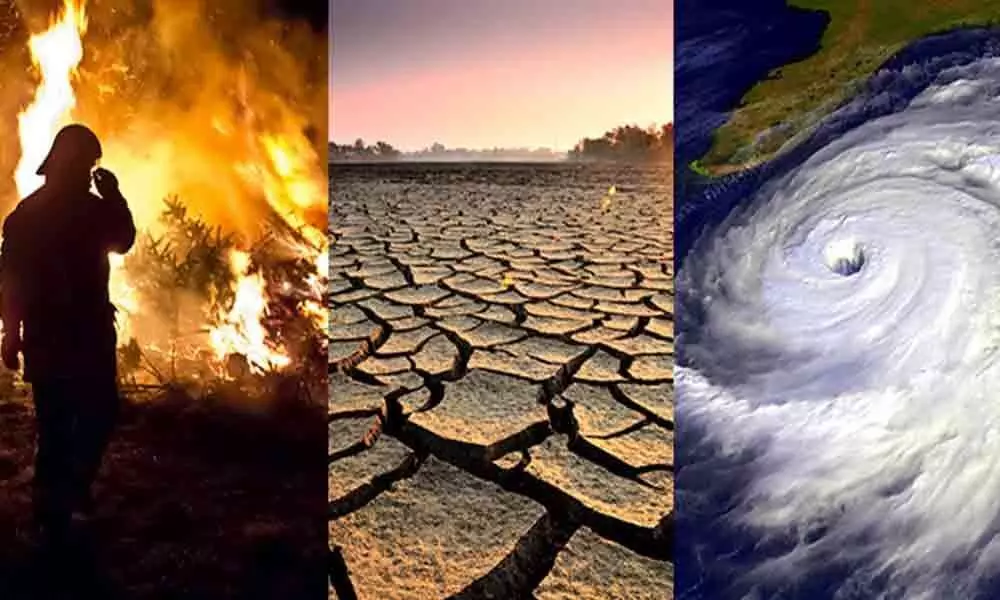Global warming could accelerate in future

The rate at which the planet warms in response to the ongoing buildup of heat-trapping carbon dioxide gas may increase in the future, according to simulations of a comparable warm period over 50 million years ago.
The rate at which the planet warms in response to the ongoing buildup of heat-trapping carbon dioxide gas may increase in the future, according to simulations of a comparable warm period over 50 million years ago.
Researchers at the University of Michigan and the University of Arizona in the US used a climate model to successfully simulate, for the first time, the extreme warming of the Early Eocene Period, which is considered an analogue for Earth's future climate.
The study, published in the journal Science Advances, found that the rate of warming increased dramatically as carbon dioxide levels rose, a finding with far-reaching implications for Earth's future climate. Another way of stating this result is that the climate of the Early Eocene became increasingly sensitive to additional carbon dioxide as the planet warmed. "We were surprised that the climate sensitivity increased as much as it did with increasing carbon dioxide levels," said Jiang Zhu, a postdoctoral researcher at the University of Michigan.
"It is a scary finding because it indicates that the temperature response to an increase in carbon dioxide in the future might be larger than the response to the same increase in CO2 now. This is not good news for us," Zhu said. The researchers determined that the large increase in climate sensitivity they observed - which had not been seen in previous attempts to simulate the Early Eocene using similar amounts of carbon dioxide - is likely due to an improved representation of cloud processes in the climate model they used.
Global warming is expected to change the distribution and types of clouds in the Earth's atmosphere, and clouds can have both warming and cooling effects on the climate. In their simulations of the Early Eocene, Zhu and his colleagues found a reduction in cloud coverage and opacity that amplified CO2-induced warming. The same cloud processes responsible for increased climate sensitivity in the Eocene simulations are active today, according to the researchers. "Our findings highlight the role of small-scale cloud processes in determining large-scale climate changes and suggest a potential increase in climate sensitivity with future warming," said Christopher Poulsen from University of Michigan.
"The sensitivity we're inferring for the Eocene is indeed very high, though it's unlikely that climate sensitivity will reach Eocene levels in our lifetimes," said Jessica Tierney of the University of Arizona. The Early Eocene - roughly 48 million to 56 million years ago - was the warmest period of the past 66 million years.
It began with the Paleocene-Eocene Thermal Maximum, which is known as the PETM, the most severe of several short, intensely warm events.

